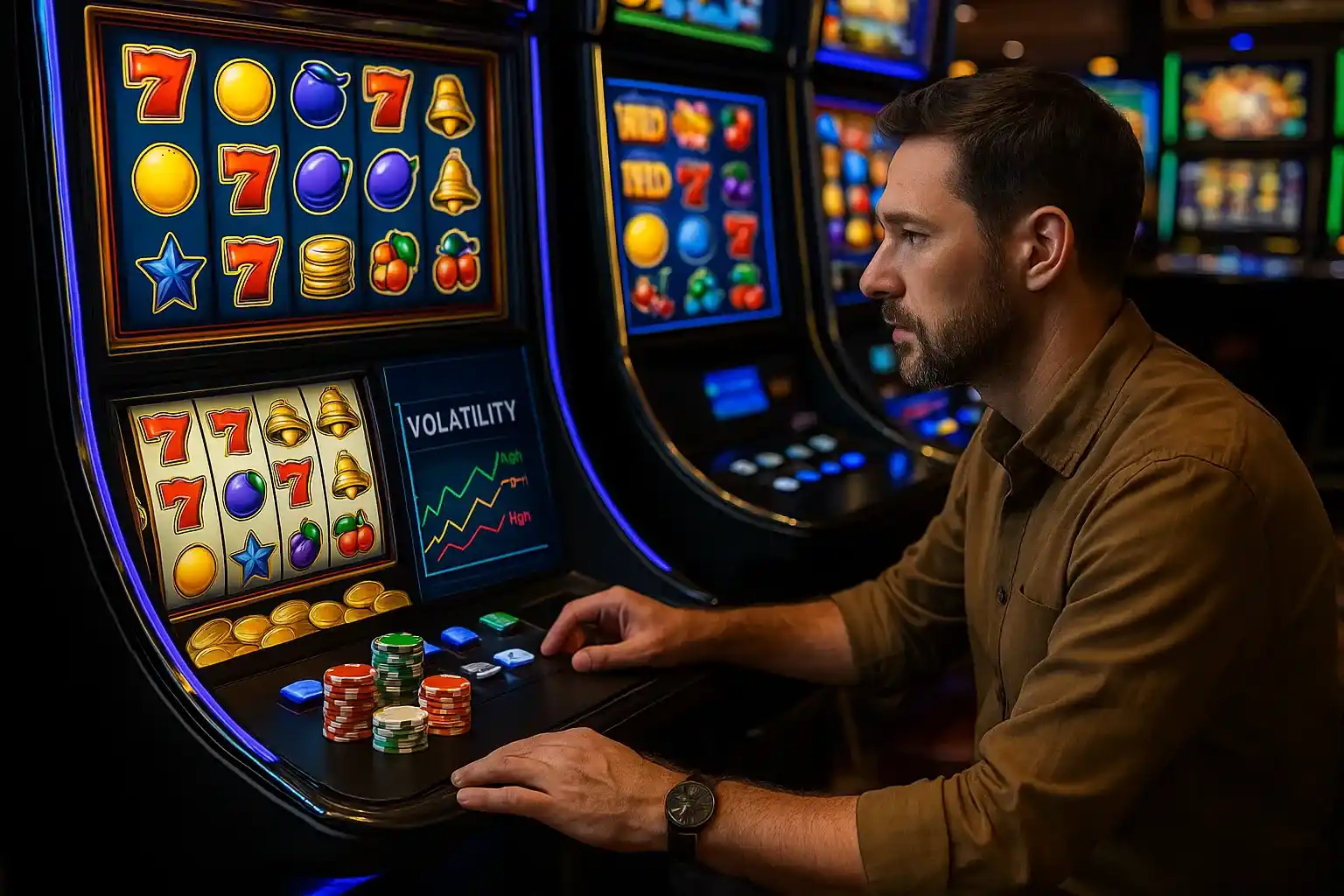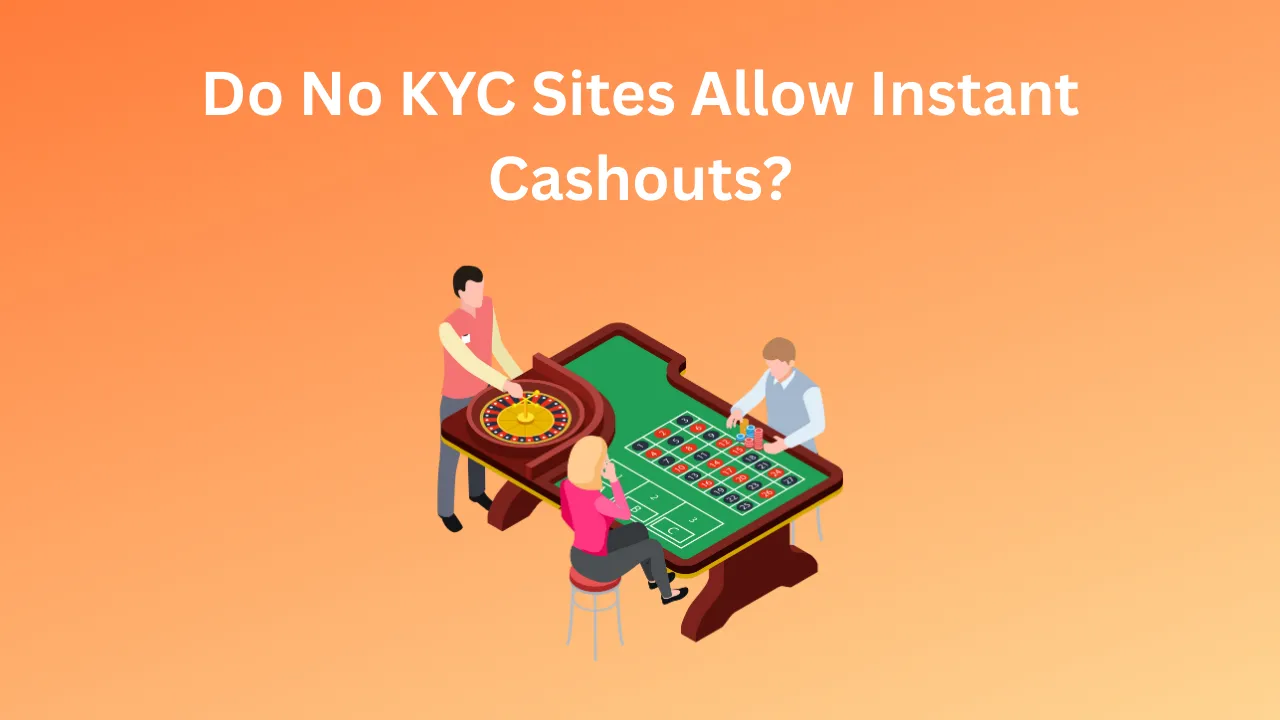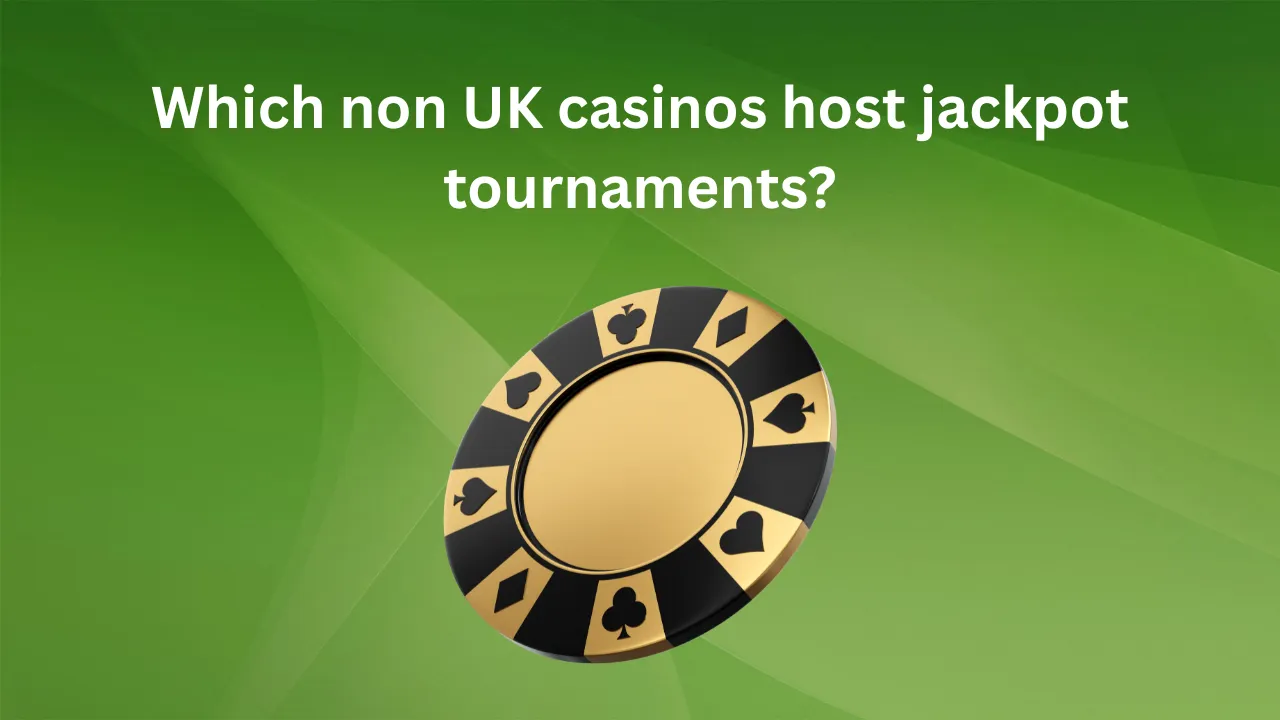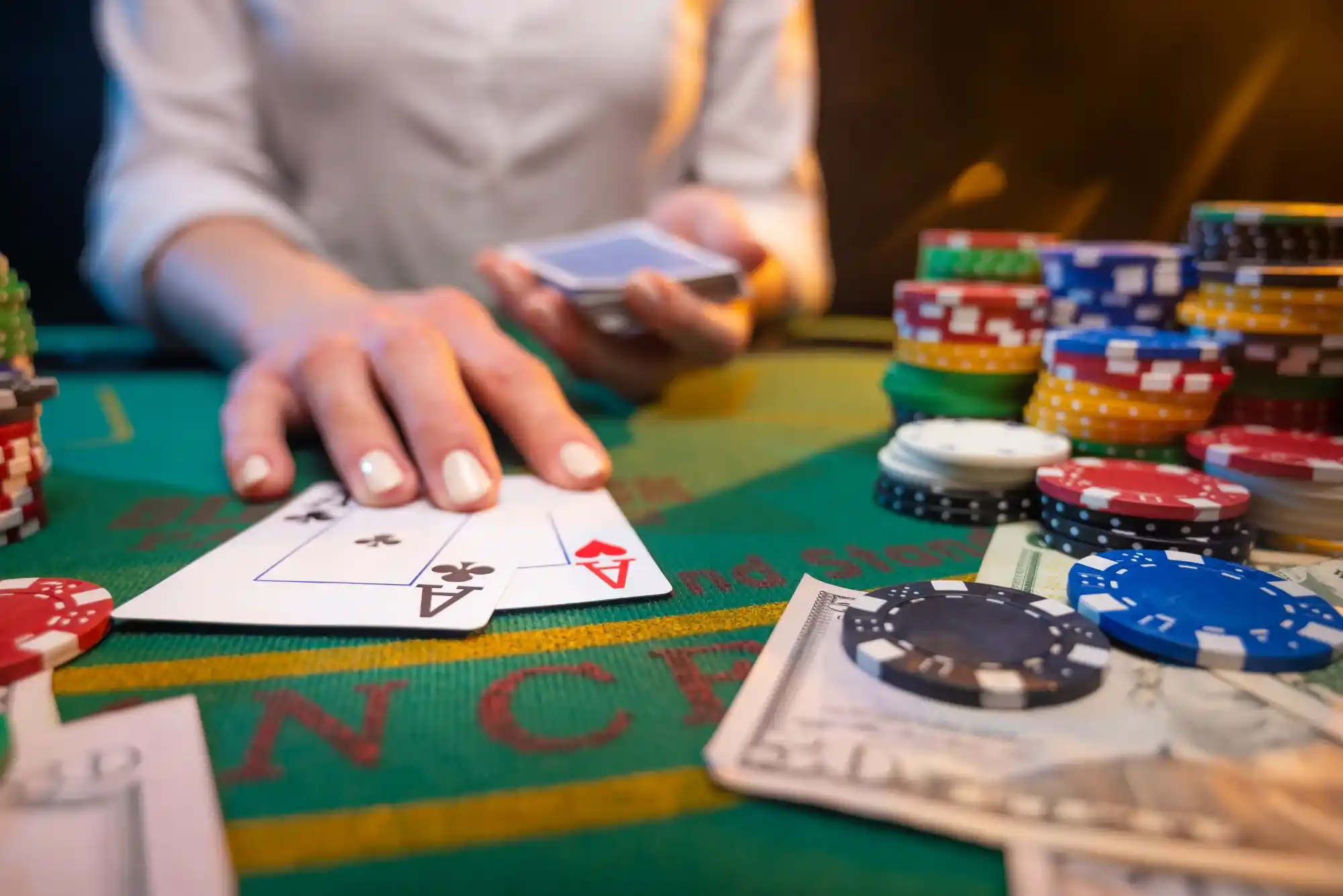Volatility—sometimes called variance—is one of the most important factors a slot player can consider before pressing “spin.” Simply put, volatility measures how frequently and how big wins can be. High-volatility slots tend to deliver larger, rarer payouts, while low-volatility titles pay out smaller wins more often. In this article, we’ll unpack how volatility shapes your gaming experience, your bankroll management, and ultimately your enjoyment of slot play.
Impact of Volatility on Your Gaming Experience
When you sit down at a slot, you’re not just choosing a theme or a jackpot size; you’re choosing a volatility profile that aligns with your risk tolerance and entertainment goals. For example, a high-volatility slot might go 100 spins without a cent, then suddenly pay out a massive jackpot that wipes out weeks of small losses. Conversely, a low-volatility game will sprinkle frequent modest wins—perhaps enough to sustain your session but not enough to cash out big. This variance in payout patterns is why some players crave the thrill of long dry runs, while others prefer steady action.
In my years playing both in brick-and-mortar casinos and at online operators, I’ve found that understanding volatility can mean the difference between a satisfying night and a frustrating one. Early on, I gravitated toward high-volatility slots because I loved the adrenaline rush of chasing a life-changing spin. But after a string of dry sessions, I realized that a more balanced approach kept me playing longer and, in the long run, made my entertainment dollars stretch further—especially at all betting exchange sites where speed and variety go hand in hand.
Understanding Low, Medium, and High Volatility
Every game developer uses its own scale, but generally:
-
Low Volatility: Frequent small wins; ideal for casual play and tight budgets.
-
Medium Volatility: A mix of regular modest payouts with occasional bigger prizes.
-
High Volatility: Rare but substantial wins; best for players with larger bankrolls or those chasing big jackpots.
These categories aren’t just marketing jargon. They influence the game’s mathematics—specifically, how the return-to-player (RTP) rate is delivered over time. A slot with 96% RTP could be low-volatility, distributing small wins steadily, or high-volatility, storing up value for a rare, massive payout.
How Volatility Affects Bankroll Management
The size and frequency of wins directly inform how you manage your money. On a low-volatility slot, you might deposit $100 and see it ebb and flow in $2–$5 increments for hours. That’s perfect when you want a long, relaxing session. With a high-volatility title, that same $100 risks disappearing in 20 spins, but you also carry the chance of turning it into thousands.
A personal rule I follow: allocate no more than 5% of my total gambling budget to high-volatility play. If I have a $1,000 bankroll, I’ll reserve $50 for the big campers—the slots that tease you with spins of zero, zero, zero, then 2,000×. The rest goes into medium or low volatility machines, where I can at least recoup some losses more often.
The Psychological Ride of Variance
Volatility doesn’t just shape your wallet—it shapes your emotions. Think of volatility as a roller-coaster: high-volatility slots are the thrill rides that keep you on the edge of your seat, whereas low-volatility games are more like merry-go-rounds—steady, predictable, and soothing. I recall one evening at a land-based casino where I hopped onto a popular high-volatility Egyptian-themed slot. After 150 spins with no win, I almost walked away. But my gut told me to stay. Spin 151 delivered a colossal free-spin bonus with a 30× multiplier that paid out a five-figure win. That momentary despair flipped into euphoria, illustrating volatility’s emotional extremes.
Choosing the Right Volatility Level for You
Selecting a slot isn’t just about theme or jackpot; it’s about matching volatility with your play style:
-
If you crave excitement and can stomach long cold streaks, high-volatility titles will thrill you.
-
If you prefer social, sustained sessions with friends, low-volatility games keep the momentum alive.
-
For most players, medium volatility provides a satisfying balance—a chance at decent wins without excruciating downtime.
Over the years, I’ve tested dozens of slots by playing 500 spins in demo mode. The patterns became clear: low-volatility demos showed win rates around 40–50%, but average payouts hovered at 1–3× bet. High-volatility demos hit maybe 10% win rates, but those wins averaged 20–50× bets.
Real-World Examples of Volatility in Action
Let’s compare two hypothetical slots:
-
Fruit Fiesta (low volatility): Bet $1 per spin. You win, on average, every other spin. Most wins are $0.50–$2.
-
Dragon’s Fortune (high volatility): Bet $1 per spin. You win 1 in 10 spins. Wins range from $0.10 to $500.
Over 1,000 spins, Fruit Fiesta might return $900–$1,100 to your $1,000 stake, keeping you in the game. Dragon’s Fortune could see your balance plummet to zero in 100 spins—or shoot up to $5,000 if you hit a couple of big bonuses. Which you prefer depends on whether you’re hunting adrenaline or stability.
Volatility and Bonus Features
Bonus rounds can amplify volatility. Features like free spins with multipliers, pick-and-win games, and cascading reels add layers of randomness. A medium-volatility base game might become high-volatility when coupled with a progressive jackpot or a mega-multiplier feature. Before jumping in, check a slot’s paytable and review any demo guides to see how frequently bonus features trigger relative to your bankroll.
Strategies to Leverage Volatility
While you can’t control random number generators (RNGs), you can adjust your approach:
-
Start small on high-volatility slots: Dip your toes with low stakes to gauge hit frequency.
-
Switch volatility mid-session: If a high-vol slot cools off, move to a medium-vol for steadier returns.
-
Use session limits: Set both win and loss caps. When you reach either, walk away.
-
Read reviews and RTP reports: Community sites often detail how volatility plays out in real spins.
Responsible Gaming and Volatility Awareness
Because volatility can lead to big swings, it’s vital to practice responsible gaming. That means setting strict budgets, taking regular breaks, and remembering slots are entertainment, not income. If you notice stress or impulsive chasing after dry spells, it’s time to pause. Tools like self-exclusion, session reminders, and deposit limits are your allies.
The Evolution of Volatility in Slot Design
As algorithms advance, developers are crafting hybrid models: “adaptive volatility” that adjusts hit frequency based on player behavior, or “dynamic RTP,” shifting payout rates in real time. These innovations aim to keep sessions engaging and cater to diverse player preferences—but they also raise questions about transparency. Always play with licensed operators and reputable reviews to understand what you’re getting into.
Conclusion
Volatility is the beating heart of slot design. It dictates how you experience each spin, how you manage your bankroll, and how much excitement you feel in that moment between spin and outcome. By recognizing the difference between low, medium, and high volatility—and aligning your play style accordingly—you can turn random chance into a more controlled, enjoyable journey. Whether you seek the big rush of a rare jackpot or the calm satisfaction of frequent wins, there’s a volatility level tailored for you.




